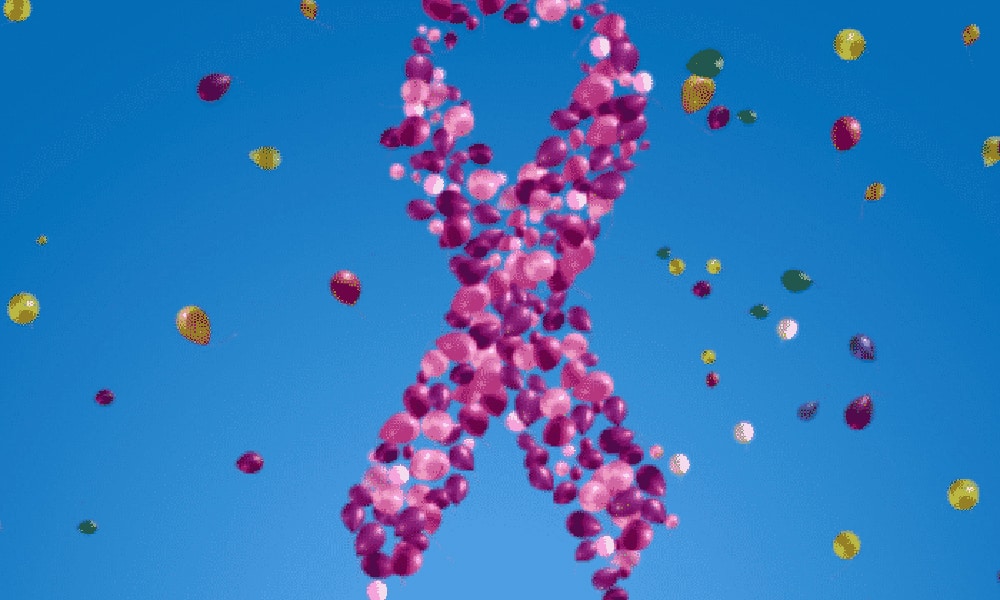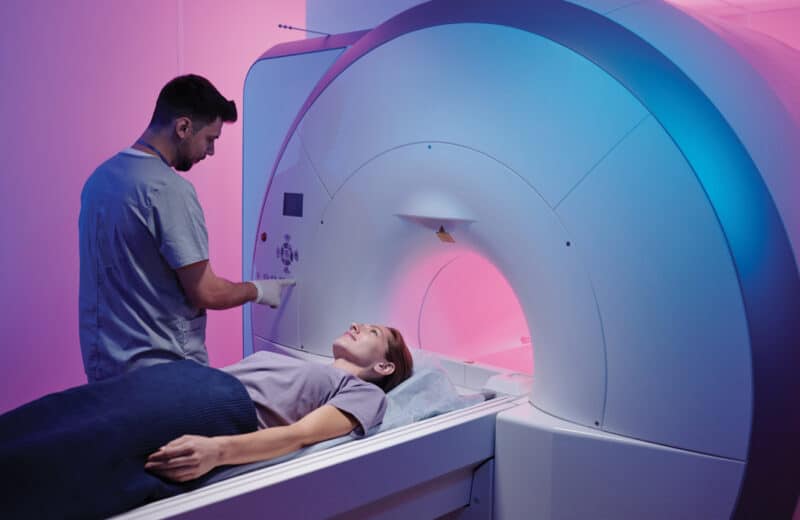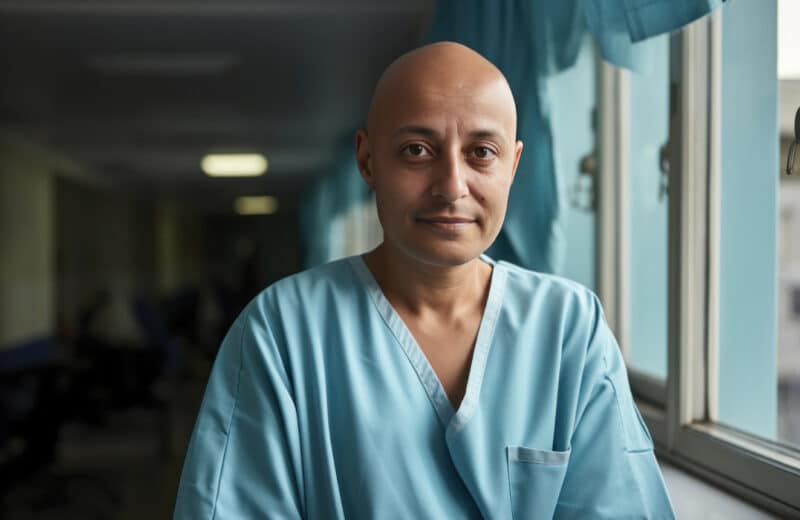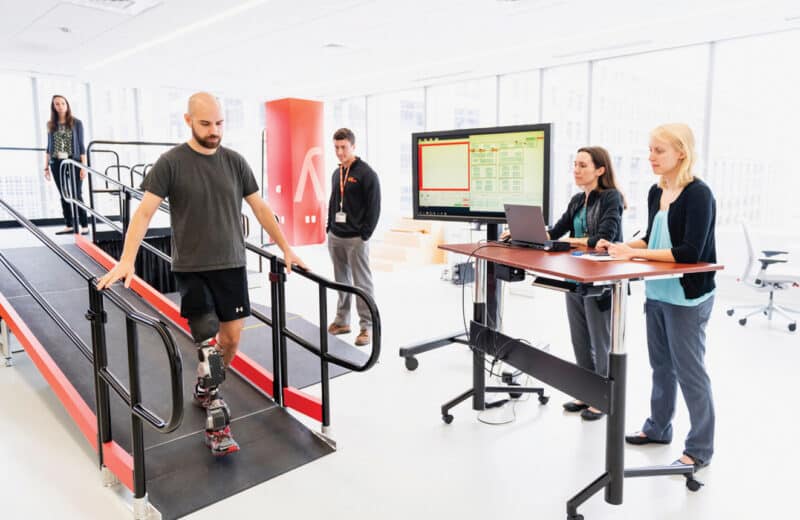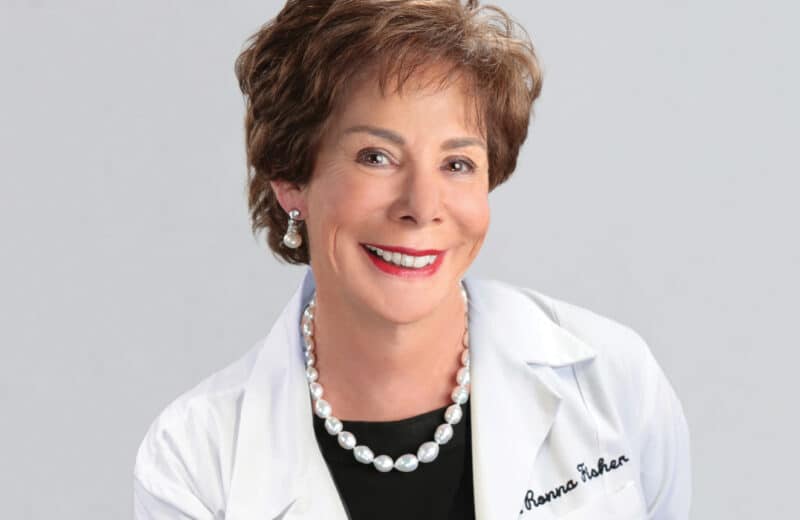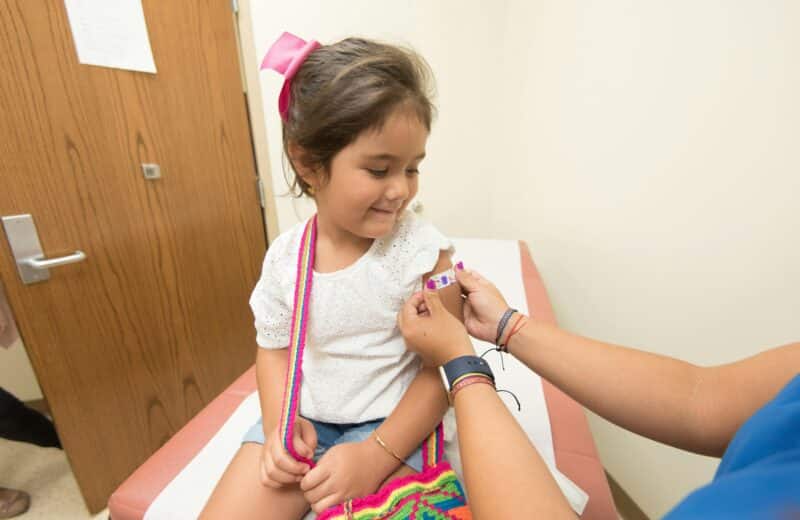Intriguing findings from this year’s breast cancer studies
Researchers have been hard at work all year long, publishing a slew of breast cancer studies. We sifted through the pile and picked out the ones we found most interesting, just in time for Breast Cancer Awareness Month.
One study published in June in the journal Cancer found that daily exercise may lower your risk of breast cancer; another study reported in the Annals of Oncology found that having one or two small alcoholic drinks per day increased the risk of breast cancer; and a third found that eating large amounts of red and processed meats was associated with a 20 percent greater risk of breast cancer in premenopausal women.
Most of us have heard that exercising and watching what we eat and drink can minimize our risk of cancer, but here are three other recently released studies that you may not have heard about.
The study: Working the night shift can up your risk of breast cancer.
The finding: According to a Danish study published in May in the Journal of Occupational and Environmental Medicine, women who worked the night shift were 40 percent more likely to be diagnosed with breast cancer than those who never worked the shift. “This study adds to a growing body of evidence supporting a link between night-shift work and breast cancer risk,” says Susan M. Gapstur, Ph.D, and vice president of the Epidemiology Research Program at the American Cancer Society.
Gapstur attributes the higher risk to lower levels of melatonin, a hormone that helps regulate cell growth and repair. “One of the consequences of consistent light exposure is suppression of melatonin production, and melatonin has been shown to play an important role in tumor suppression,” she says.
If you only work nights one or two nights a week, you may be in the clear. According to the study, women who worked one or two night shifts per week for fewer than six years had the same breast cancer risk as women who never worked night shifts.
“Regardless of whether or not you work the night shift,” Gapstur says, “all women should maintain a healthy body weight, be physically active and limit their alcohol intake to no more than one drink per day—if they do drink—to help lower their risk of breast cancer.”
The study: There are now four major classes of breast cancer.
The finding: Breast cancer—one of the most common cancers, with over one million cases each year—is a disease that was categorized into three therapeutic groups, until now. According to a study released in September in the journal Nature, there are four major classes of breast cancer. The three groups include the oestrogen receptor (ER) positive group, the HER2 amplified group, triple-negative breast cancers (TNBC) and the fourth type, HER2-enriched.
The study also found that one of the forms of breast cancer, TNBC, looks almost identical to ovarian cancer, which could mean drugs that treat and prevent ovarian cancer could help treat or prevent basal-like breast cancer. The hope is that these findings will aid researchers in developing, more precise treatments for patients who have this form of breast cancer.
The study: The smallpox virus could be a new breast cancer treatment.
The finding: A form of the smallpox virus may help fight the aggressive and typically reoccurring TNBC, according to a study in mice from Memorial Sloan-Kettering Cancer Center researchers in New York City. TNBC is responsible for 10 to 20 percent of all breast cancer cases, mostly in women under 35 years of age, according to a study in the Journal of Clinical Investigation.
“Based upon pathology, we could see that at least 60 percent of the tumors were completely regressed, and the other 40 percent had very [few] areas of tumor cells present, with a lot of necrosis, which is a sign that the tumor was responding to therapy,” lead study author Dr. Sepideh Gholami of Stanford University Medical Center, said in a statement released by the American College of Surgeons.
The future of breast cancer research is hopeful (and ever-surprising), but for now, it’s important to be proactive in minimizing our own risk of breast cancer. “All women [who are] 40 years and older should receive regular mammograms. And women at high-risk should talk to their doctor about appropriate screenings for them since early detection of breast cancer increases treatment options and saves lives,” Gapstur says.
Morgan Lord is a Chicago-based freelance writer. She has written for Forbes Travel Guide as a Senior Associate Editor and was a professor of journalism at Concordia University Chicago and Dominican University. Before that she worked full-time as a freelance magazine writer, writing for Women’s Health, Chicago magazine, Popular Mechanics, Cosmopolitan and Self. [email_link]

